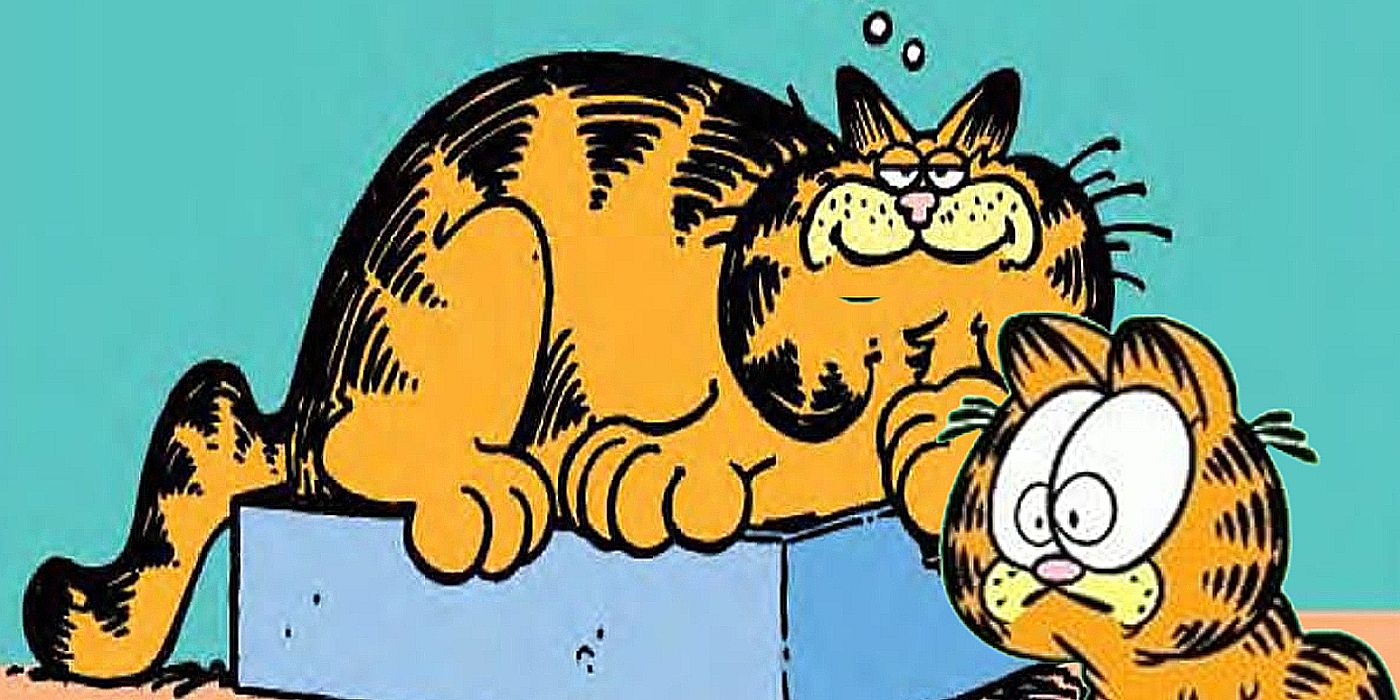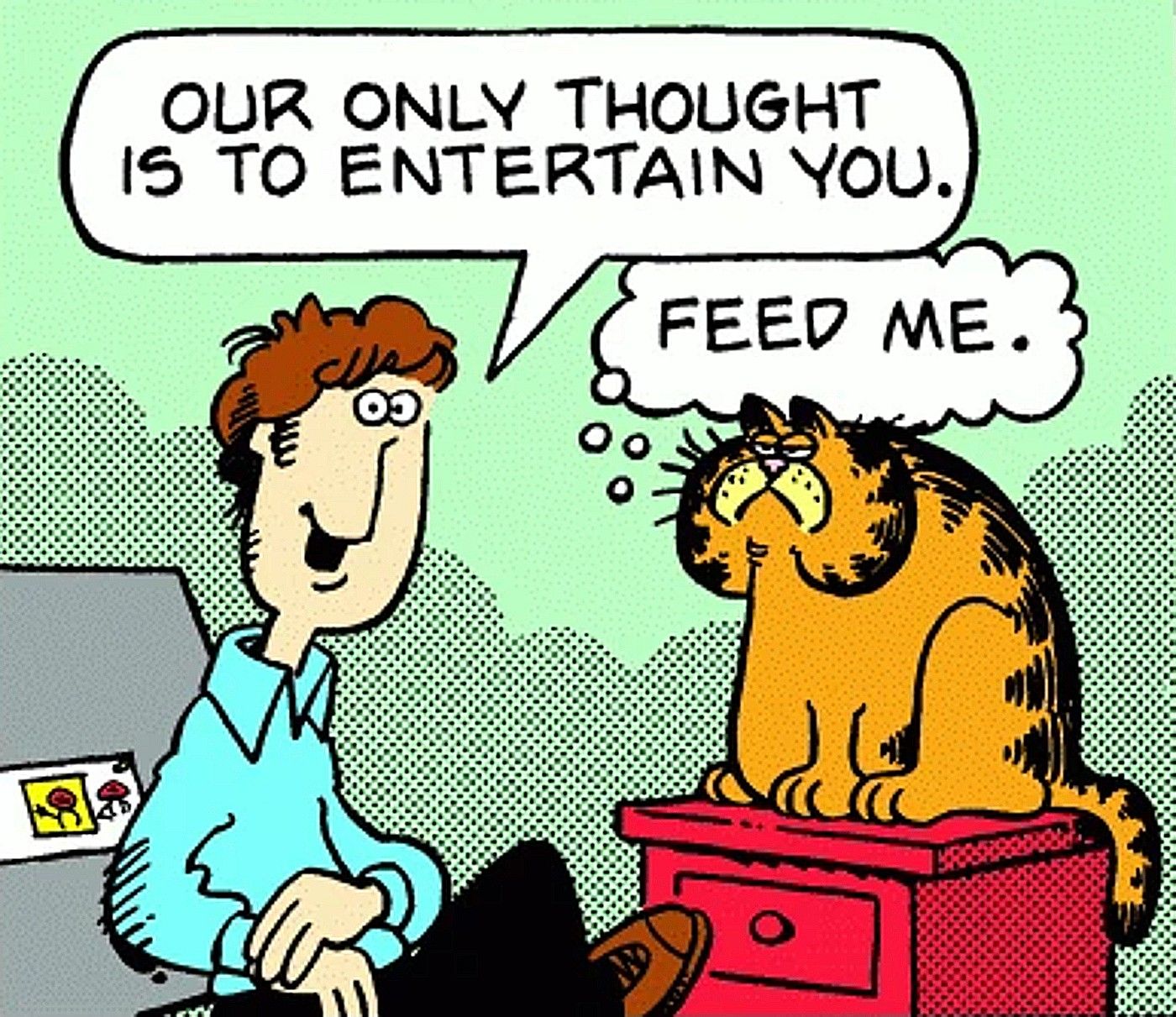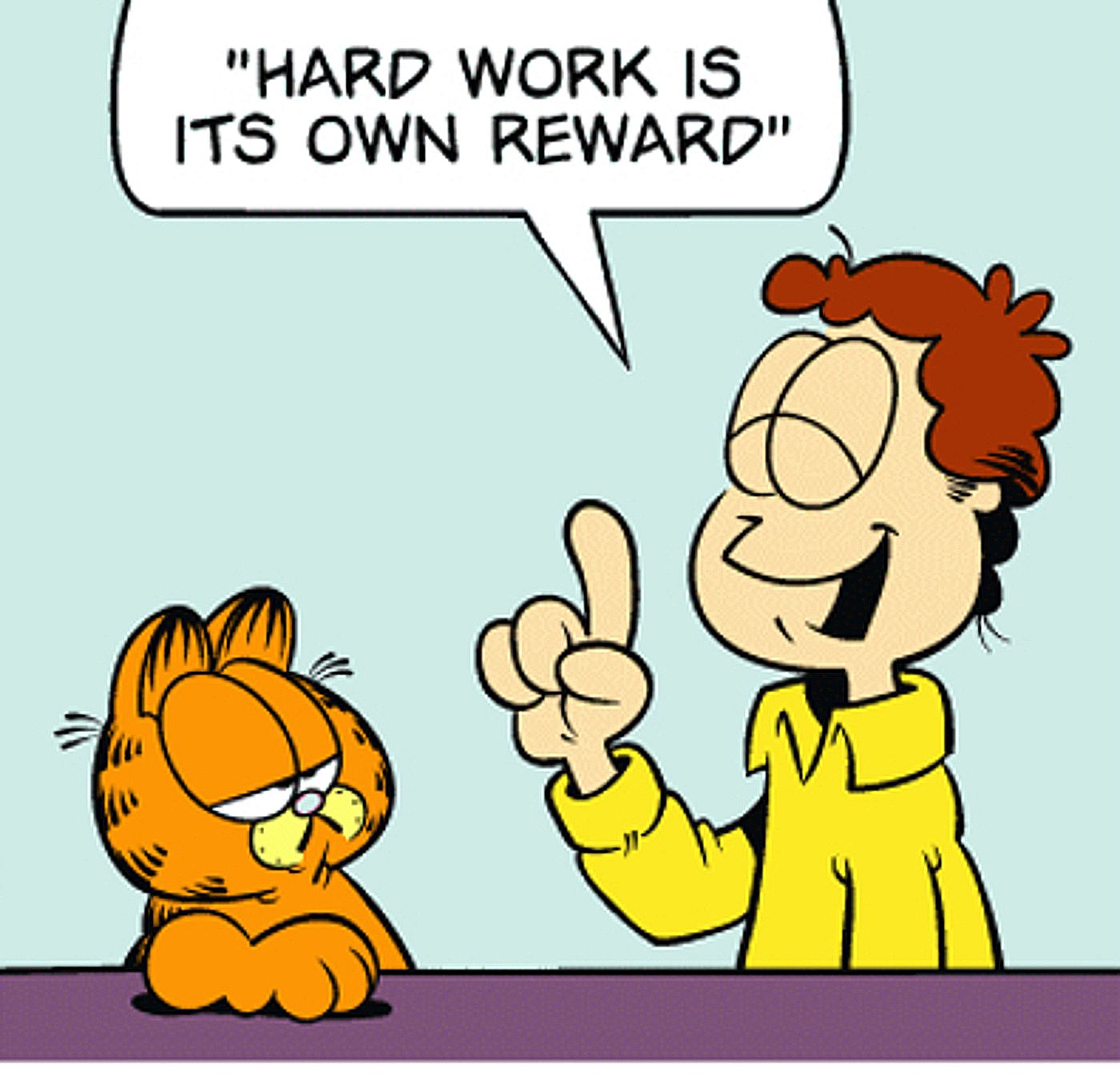Summary
- Jim Davis’ dedication to practicing his craft and staying committed to his goals led to the development of Garfield’s iconic art style.
- In an interview celebrating Garfield’s 40th anniversary, Davis emphasized the importance of practice when working towards one’s goals, highlighting that successful artists are the ones who persevere.
- Davis’ determination to be an artist preceded his display of talented, which he developed over many years of practice.
Garfield creator Jim Davis is responsible for giving the world one of the most visually iconic characters in history – but it took years of practice as an artist before he first drew Garfield, and several more years beyond that for the famous cat to evolve into his most familiar, most instantly recognizable form.
Speaking with the Independent for the celebration of Garfield’s 40th anniversary in 2018, Davis reflected on his origin story as an artist, and the developmental path that took him from a small-town Indiana illustrator to a worldwide phenomena, making not just his characters, but himself, a household name globally.
While Davis’ intuitive talent, and his creative drive, cannot be understated, the artist himself was quick to point out that hard work, determination, and patience all played equally important roles in achieving the massive success he did with Garfield.
Garfield Creator Jim Davis Values Practice As Essential To Artistic Success
Few comic strip characters are more recognizable, more beloved, or even more widely quoted than Garfield. This is in large part due to Jim Davis’ art style, which in turn was a result of his resilient dedication to practicing his craft, and his steadfast commitment to his goals.
Jim Davis’ interview with the Independent contains more than one piece of valuable advice for artists. Davis also spoke about the importance of inspiration to his work. His exhortation to practice was particularly notable, however, given that he backed it up with a brief account of his own formative attempts as a visual artist. “I did a lot of drawing while I was holed up in my room,” he explained. “I used to do drawings to try to make my mother laugh.” Though his audience would expand beyond his wildest imagination, Davis’ core goal as an artist never changed.
As he went on to point out, Davis’ initial motivation to draw funny things preceded his actual drawing ability. In his words:
But I tell you, my art was so bad in those days! I had to label everything because no one could tell what it was… I’d do a drawing of a cow, and I’d have to write ‘cow’ next to it with an arrow pointing at it.
Though seemingly not naturally “gifted,” Davis pursued art with the conviction of a true artist. He studied art at Ball State University, and endeavored upon a career as a commercial artist for a time, before “getting a job with Tom Ryan, the creator of the Tumbleweeds syndicated comic strip, and learning his craft there.” Of course, it was here that Jim Davis realized his calling, but even then, it took years more work to achieve his destiny.
Successful Artists Achieve Their Goals By Never Giving Up
Jim Davis’ comic strip Jon began appearing in local papers in 1976, before being nationally syndicated as Garfield in 1978. In all ways – from its humor, to its art – Garfield continued to evolve throughout the early years of its run, as it continued to build a massive readership, turning its characters into the ubiquitously familiar figures they are today. The eponymous orange cat, his owner, the Davis stand-in Jon Arbuckle, and the strip’s various supporting characters all had their looks refined as years went on.
Few comic strip characters are more recognizable, more beloved, or even more widely quoted than Garfield. This is in large part due to Jim Davis’ art style, which in turn was a result of his resilient dedication to practicing his craft, and his steadfast commitment to his goals. Above all else, successful artists are the ones who never give up. Even for those artists who hate Mondays, like most people, Garfield is a reminder that it’s another day to put in the work, to practice their art.
Source: Independent










